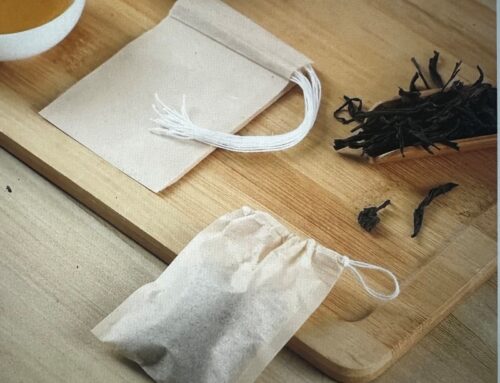- Soothes stomach
- Suppressed h.pylori Bacteria
- Cleanses respiratory system
- Helps adrenal fatigue
- Reduces stress
- Helps fight breast and prostrate cancer
- Topical for eczema
- Topical for tooth decay
People have used licorice root for centuries for its medicinal benefits.
The word “licorice” refers to the root of a plant called Glycyrrhiza glabra. It’s native to Europe and Asia. The plant is actually classified as a weed in those areas.
The early Egyptians loved licorice root. They used it in tea as a cure-all concoction. Licorice was later imported to China where it became an important herb in Chinese medicinal tradition.
Benefits:
Soothes your stomach:
Licorice root is used to soothe gastrointestinal problems. In cases of food poisoning, stomach ulcers, and heartburn, licorice root extract can speed the repair of stomach lining and restore balance. This is due to the anti-inflammatory and immune-boosting properties of glycyrrhizic acid.
One study found that glycyrrhizic acid can suppress the toxic bacteria H. pylori, and can prevent it from growing in the gut. There is also research that’s shown people who have peptic ulcer disease, heartburn, or gastritis had improved symptoms when taking DGL.
DGL is the safer form of licorice and can be taken long-term if needed.
Cleanses your respiratory system:
Licorice is recommended to treat respiratory problems. Taking licorice as an oral supplement can help the body produce healthy mucus. Increasing phlegm production may seem counterintuitive to a healthy bronchial system. However, the opposite is true. The production of clean, healthy phlegm keeps the respiratory system functioning without old, sticky mucus clogging it.
Reduces stress:
Over time, stress can leave the adrenal gland exhausted by constantly producing adrenaline and cortisol. Licorice supplements can give the adrenal gland some relief. Licorice root extract can stimulate the adrenal gland, which promotes a healthy level of cortisol in the body.
Assists cancer treatment:
Some studies say licorice root can potentially aid the treatment of breast and prostate cancers. And some Chinese practices also incorporate it into cancer treatment. The FDA has yet to approve such treatment methods in the United States. But, research is ongoing, according to the American Cancer Society.
Protects your skin and teeth:
Topical gels containing licorice are recommended for treating eczema. Licorice can be a successful dermatological treatment due to its antibacterial properties. For that reason, holistic health practitioners often suggest applying licorice to tooth decay to kill bacteria.
Dosage and forms:
Liquid extract:
Licorice extract is the most commonly found form of licorice. It’s used as a commercial sweetener in candies and beverages.
Licorice extract consumption by an individual should not exceed 30 mg/mL of glycyrrhizic acid. Ingesting more could cause unwanted side effects.
Tea:
Teas are used to promote digestive, respiratory, and adrenal gland health. When you see herbal teas for “bronchial wellness” and “cleanse and detox,” they usually contain forms of licorice.
The popular throat remedy known as Throat Coat tea is a combination of marshmallow root, licorice root, and slippery elm bark.
It’s not recommended that people ingest more than 8 ounces of licorice tea per day. You can also chew or suck on a small piece in your mouth for hours – do not swallow.
Precautions:
Too much licorice root extract can lead to low levels of potassium in the body, which causes muscle weakness. This condition is called hypokalemia.
Consuming too much licorice can cause high blood pressure, swelling, and heartbeat irregularity. Many modern licorice-flavored products mimic the natural flavors of licorice, but some are still made with glycyrrhizic acid.Children as young as 10 years old have been hospitalized because of hypertension after ingesting too much licorice. Women who are pregnant or breastfeeding are advised by the FDAto avoid licorice in all forms. People with hypertension should also avoid licorice root.
The statements made within this website have not been evaluated by the Food and Drug Administration. These statements and the products of this company are not intended to diagnose, treat, cure or prevent any disease.






